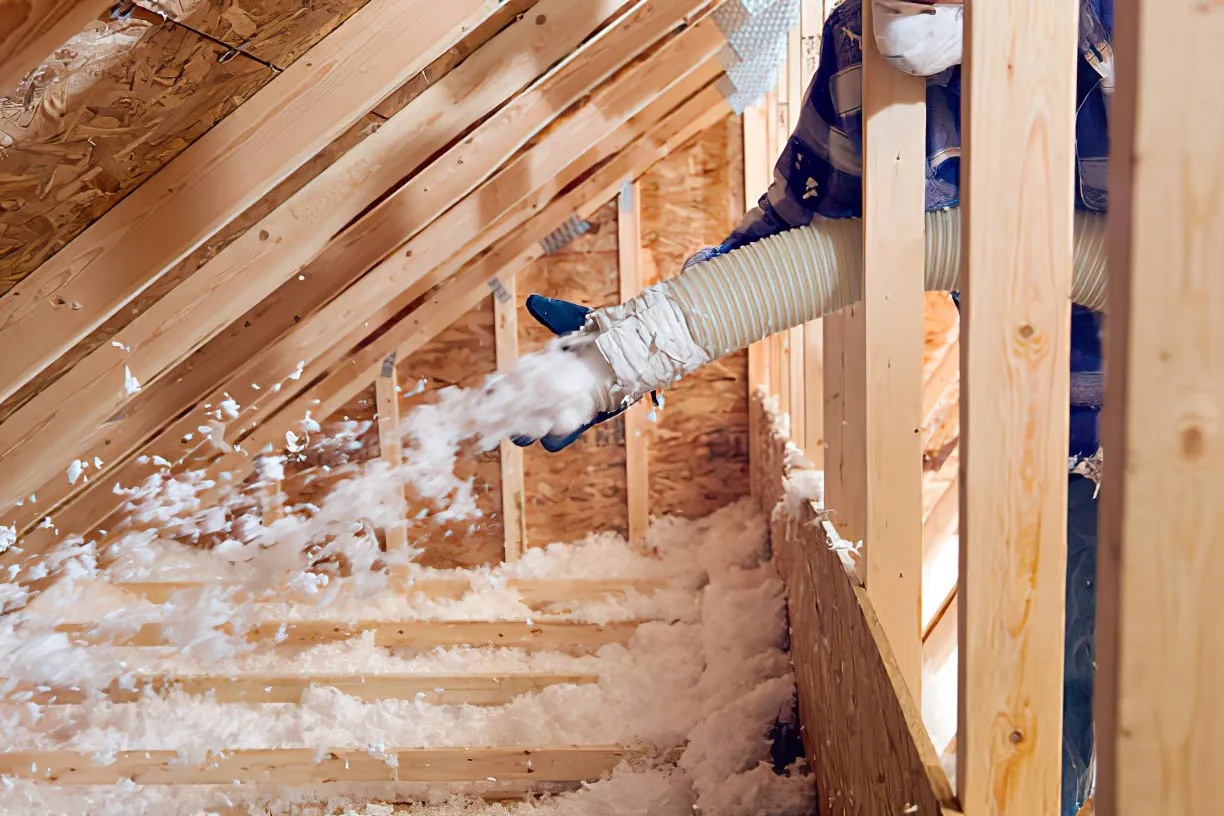Different types of insulation
Cellulose Insulation
While fiberglass insulation provides cost-effective thermal performance with its tiny glass fibers, cellulose insulation offers effective thermal and sound insulation by utilizing recycled paper materials. This makes cellulose insulation a sustainable choice that promotes energy efficiency and reduces noise levels within buildings.
Cellulose Insulation
While fiberglass insulation provides cost-effective thermal performance with its tiny glass fibers, cellulose insulation offers effective thermal and sound insulation by utilizing recycled paper materials. This makes cellulose insulation a sustainable choice that promotes energy efficiency and reduces noise levels within buildings.
We’ll make your space more comfortable
Lower energy bills
Insulation is a proven solution to significantly reduce energy bills, with the U.S. Department of Energy estimating that heating and cooling account for 56% of home energy usage. Experience the benefits of lower monthly costs by allowing us to provide you with effective insulation solutions.
Reduce outside noise
Enhance your quality of sleep with new insulation that reduces unwanted outside noises, providing a peaceful and restful environment. Experience the gift of tranquility by letting us provide you with a solution that brings serenity to your home.
Affordable R-Value
Blown-in insulation offers a cost-effective solution to improve comfort and reduce monthly expenses, making it a compelling choice for homeowners seeking affordable insulation options. Experience the undeniable benefits of blown-in insulation and let us assist you in achieving upfront cost savings while enjoying long-term comfort and energy savings.

